Creating a Bee Friendly Garden
Did you know, that supporting bee populations is super important and helps to acheive ecological balance, biodiversity, and food security?
We recently posted a reel on Instagram asking for suggestions for bee friendly plants. I have just cleared a piece of garden at home and really want to plant some fruit trees and am keen to attract bees as they are excellent pollinators. I was overwhelmed by the amazing comments on the reel... there were so many wonderful suggestions that I thought it would be a good idea to collate the suggestions in this blog.
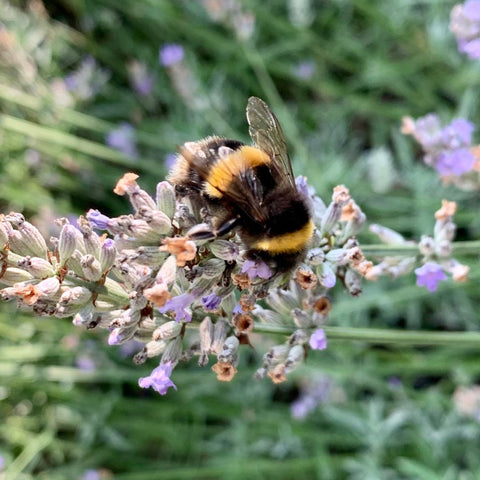
Why Bee-Friendly Gardens Matter
Bees contribute to the stability of ecosystems by ensuring the survival and reproduction of many plant species and bee-friendly gardens contribute to the resilience of our ecosystems. As bees pollinate a diverse range of plants, the stability and health of the ecosystem are maintained. This resilience is crucial in the face of environmental changes and challenges.
Also, did you know that, a healthy garden with a diverse range of plants can be more resistant to pests and diseases? By attracting beneficial insects like bees, bee-friendly gardens contribute to natural pest control, reducing the need for harmful pesticides.... something I am sure we are all onboard with.
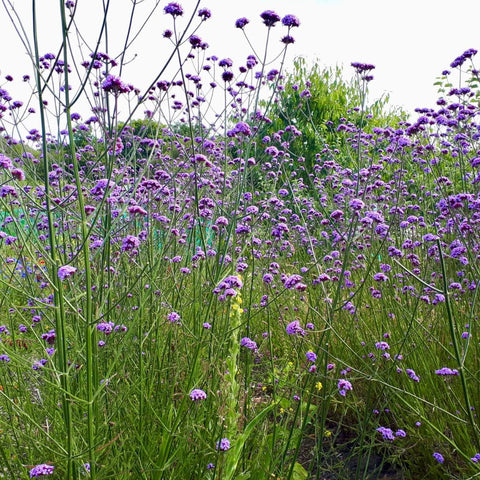
Our Community's Top Picks
There were so many great suggestions for bee friendly plants.... here are the top three with the remainder listed in alphabetical order below:-
🐝 Verbena bonariensis - a perennial that loves full sun and is really easy to grow
🐝 Salvia - which is part of the sage family and can be used in the kitchen or for medicinal purposes... did you know that Sage helps in the relief of pain, protecting the body against oxidative stress, free radical damages, angiogenesis, inflammation, bacterial and virus infection?
🐝 Echinops - another perennial, low maintenance, drought resistant and self seeds freely
And there are more.....
- Achillea
- Allium Millenium - clump forming and shorter than normal - also late flowering
- Banksias
- Birdsfoot Trefoil
- Borage - great in Summer, self seeds and self replenishes nectar fast!
- Buddleia - lots of different varieties and butterflies love it too!
- Clover - another favourite and great for adding to lawns or wild meadows
- Cosmos
- Dandelions - bees love them, great for the early and late season pollen
- Drumstick Alliums
- Echinops
- Echium fastuosum - maybe need a wamer climate, but grow well in Cornwall
- Echium Pininana
- Echium wildprettii
- Eryngium
- Foxglove
-
Geranium Rozanne
- Heuchera
- Humming Bird Mint
- Ivy - another flower that is great for the early and late season pollen
- Lavender
- Leucanthemum Daisy
- Mahonia
- Oregano - a great herb that the bees love
- Poppies
- Pulmonaria
- Rosemary - another dual purpose plant which is great for culinary use too
- Salvia
- Scabious
- Sedum - good for late flowers and lovely foilage
- Thyme - cook with it, use for medical purposes and great for the bees too!
- Verbena bonariensis - 0ne of the top 3 and definitely one of my favourites
- Vipers bugloss
If you would like to read all the comments on the Reel... pop over and find it here... it is a great read and full of great ideas.

The Benefits of A Bee-Friendly Garden
Bee-friendly gardens should prioritise native plant species which are well-adapted to the local environment. Planting native species helps conserve and promote the growth of plants that are naturally occurring in the region. This, in turn, supports the survival of native wildlife adapted to these plants.
Bee-friendly gardens also contribute to soil health through the decomposition of plant material and the activity of beneficial microorganisms. Healthy soils support plant growth and create a more stable and fertile environment for a variety of organisms.
Seasonal Planting Guide
Most of the plants listed above are perennials which means they will come back each year and provide you with continuous joy! Some plants, like the Echiums are bi-annual so you'll have to wait a while for their flowers, but when they do come, so will the bees and they will certainly thank you for your efforts!! I suggest you pick out the plants you like the sound of and then find out a little bit more about each one.
Our friends at Seedball have a really great blog sharing information about Winter flowering plants that bees love, as most of the ones we have listed are Spring and Summer flowering with some extending into the autumnal months. You can check it out here, along with their great selection of seeds perfect for pollinators.
Creating a Bee-Friendly Space
Here are a few tips for helping to create a bee friendly space.... do share other ideas if you have them. Please do leave a comment below.
Plant Selection:
- 🌼 Diverse Blooms: Include a variety of flowering plants for continuous nectar and pollen.
- 🌼 Colour Palette: Choose bee-attractive colours like blues, purples, yellows, and whites.
- 🌼 Native Plants: Prioritise native species for local adaptability.
-
🌼 Planting Layout:
Grouping Plants: Cluster similar plants to create concentrated food sources.
Layering:
- 🌼 Incorporate ground covers, shrubs, and trees for diverse bee habitats.
- 🌼 Succession Planting: Plan for staggered bloom times for a continuous food supply.
Provide Shelter & Water:
- 🌼Nesting Sites: Designate areas for ground and cavity-nesting bees.
- 🌼 Sheltered Areas: Include shrubs and trees for wind protection.
-
🌼 Water Sources:
Shallow Containers: Place containers with water and landing spots for drinking.
Organic Gardening:
- 🌼 Choose chemical-free practices to protect bees.
-
🌼 Avoid Pesticides - e
ncourage natural predators for pest management.
Maintenance Practices:
- 🌼 Deadhead Flowers: Regularly remove spent flowers for continuous blooming.
- 🌼 Mulching: Use organic mulch for moisture retention and soil temperature regulation.
- 🌼 Pruning: Prune judiciously to maintain plant health.
My Garden
So, what will I be planting in my garden? I have decided to go for a lavender hedge, with Verbena and Alliums behind it...then, an English apple tree, a Victoria plum and a lawn seed with native wildflowers which can be easily mown every 6-8 weeks, As you can see from the picture below, it is currently an open space, a blank canvas... so check back in a few months and see what progress I have made.
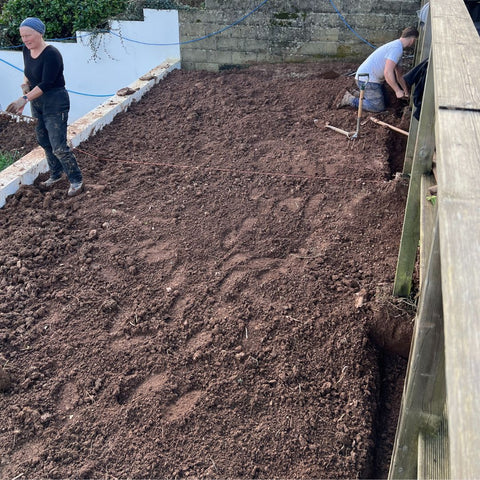
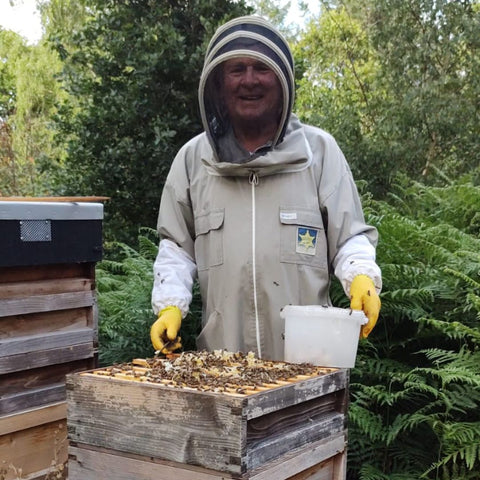

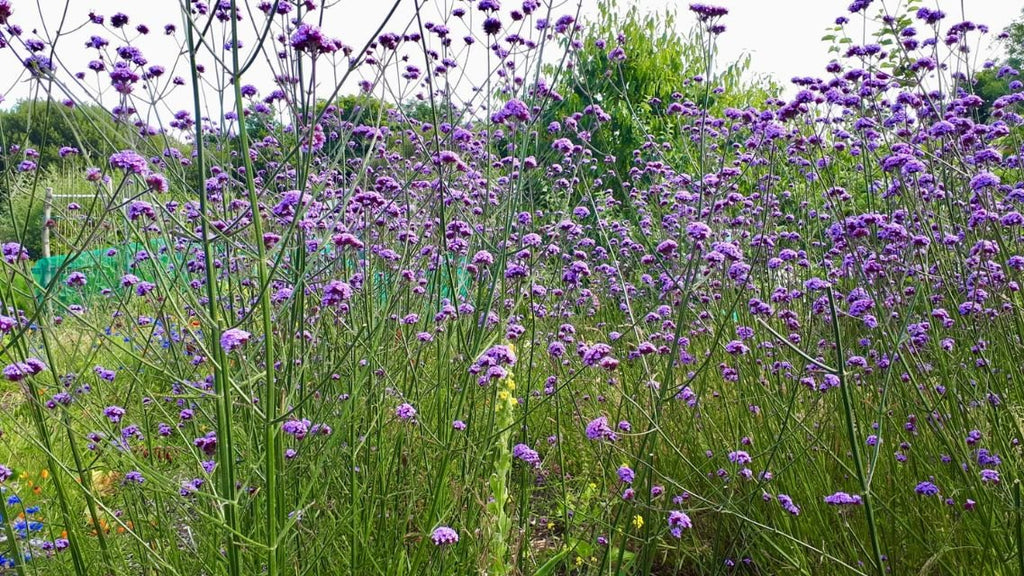
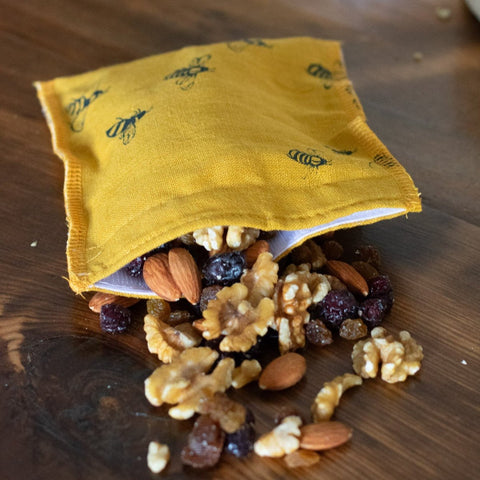
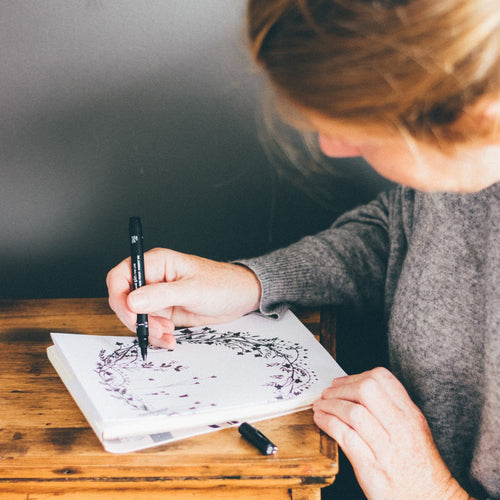
Leave a comment